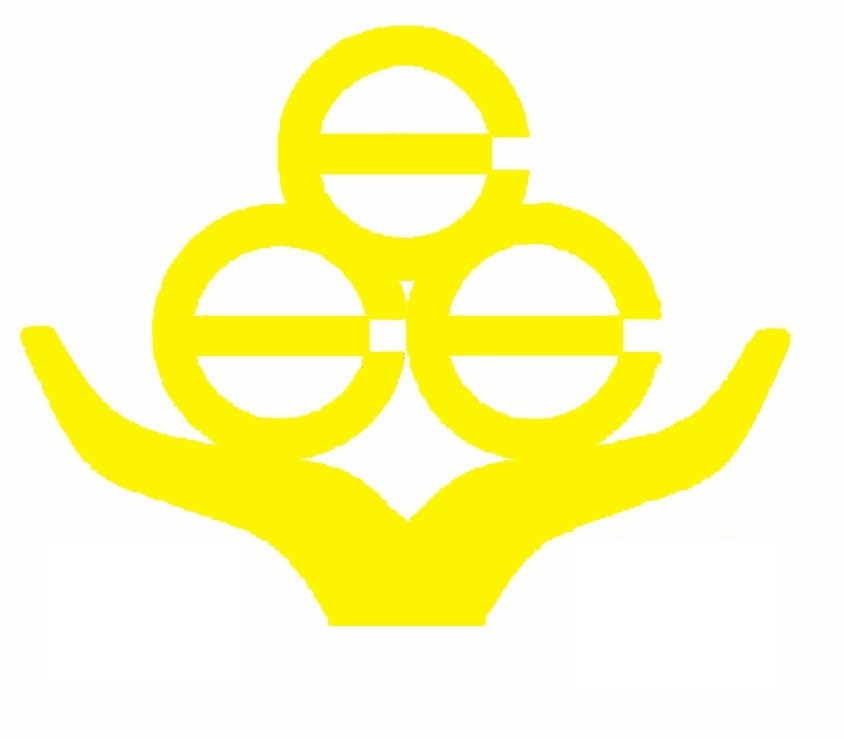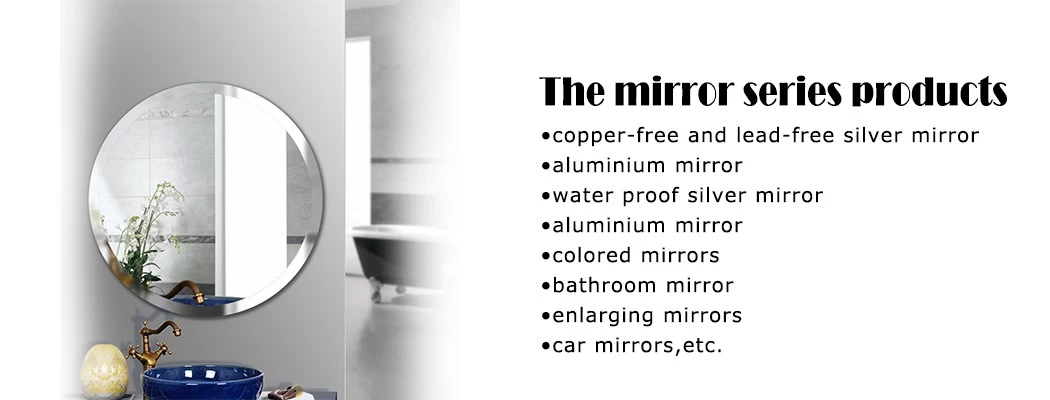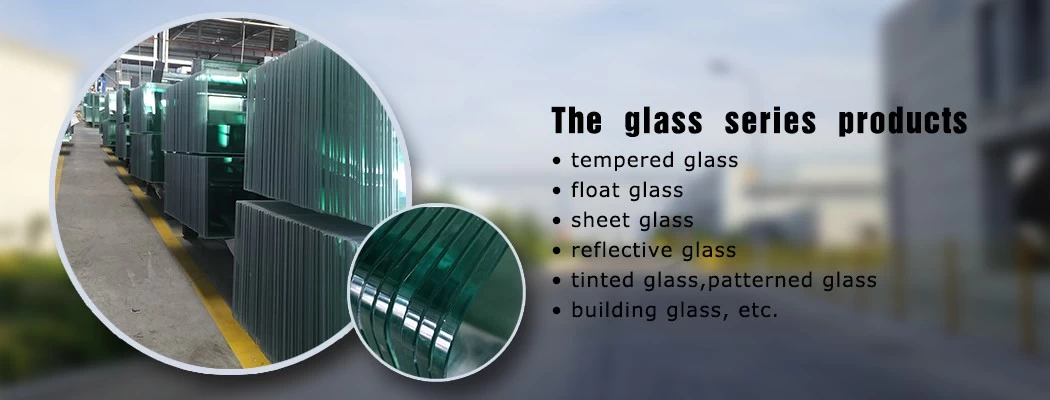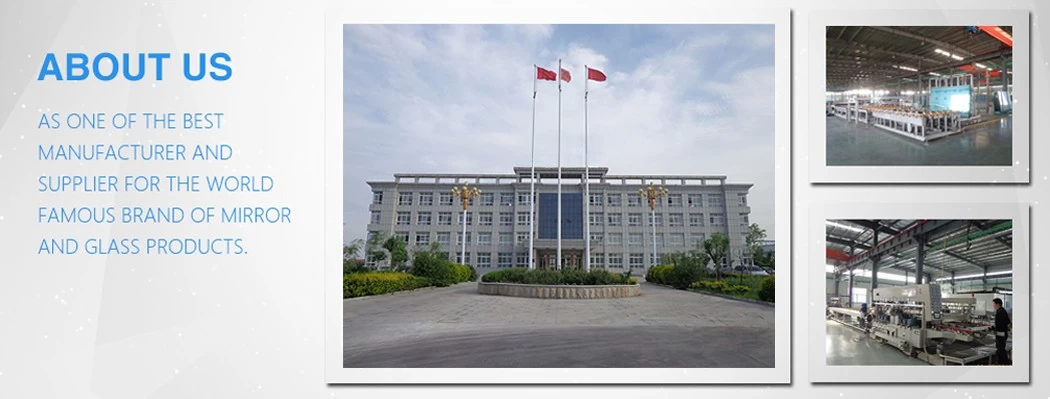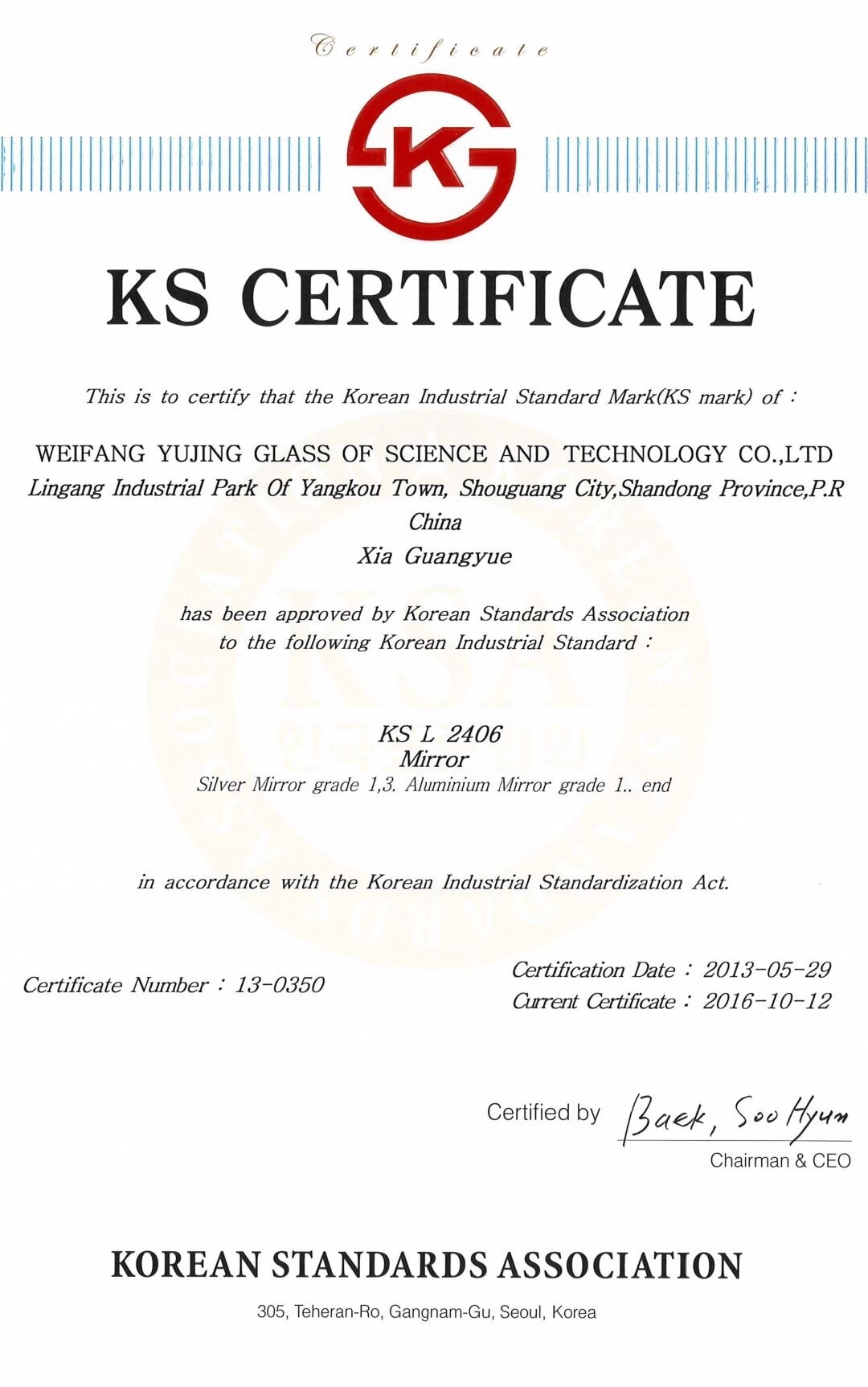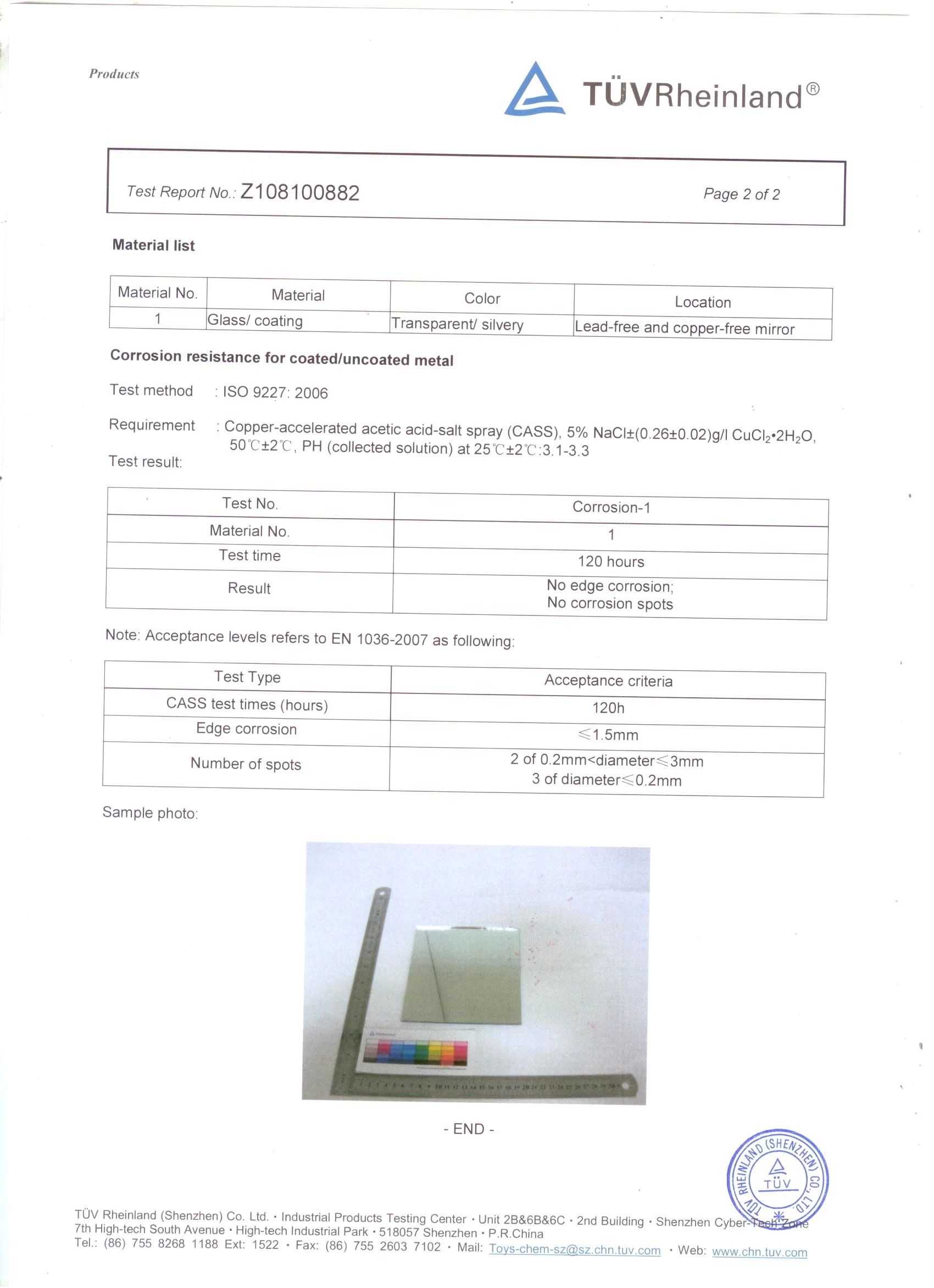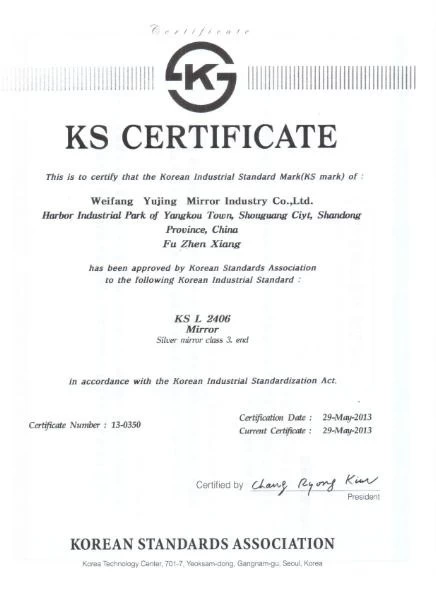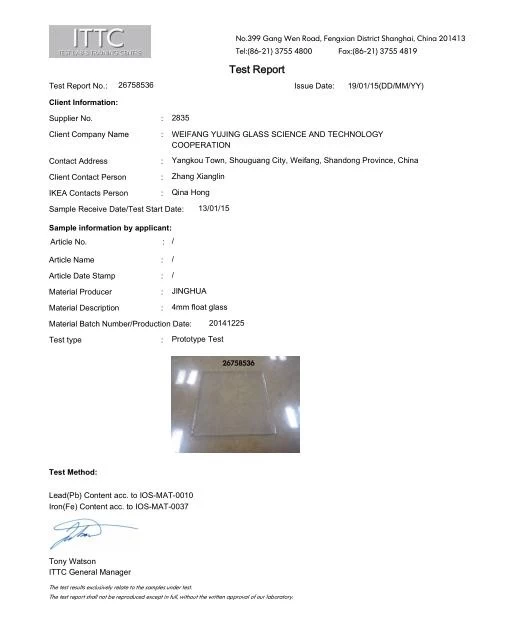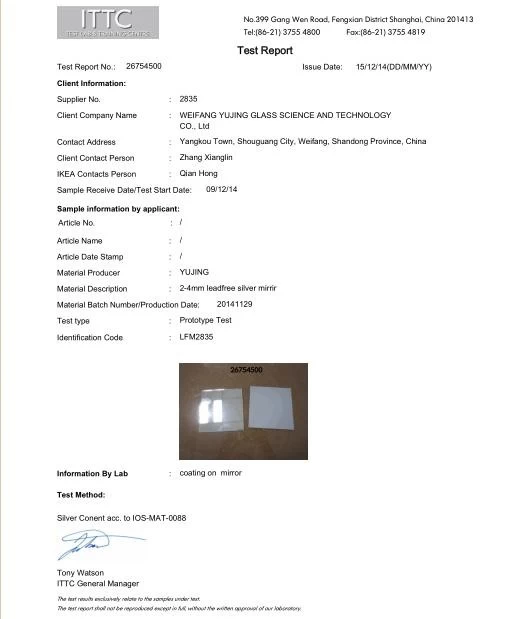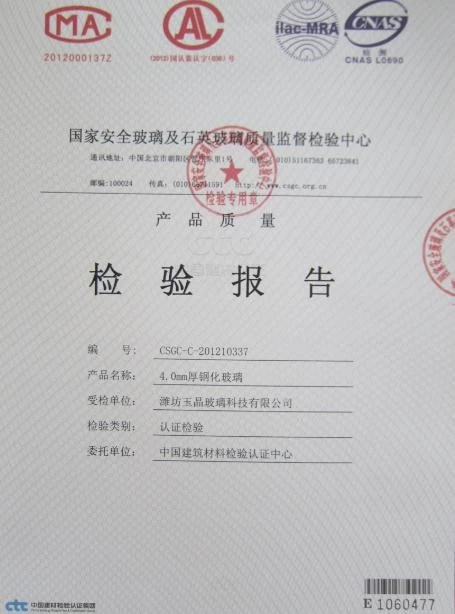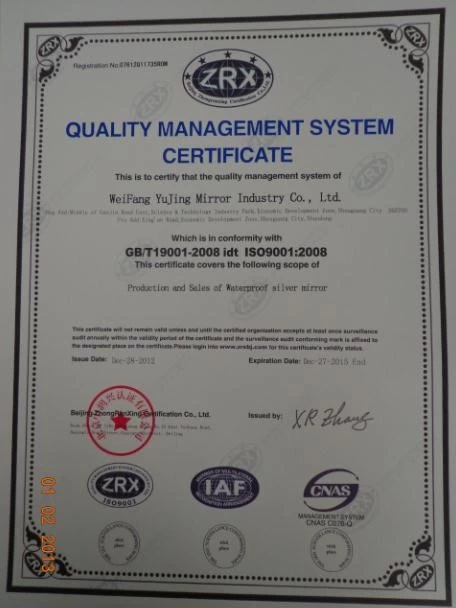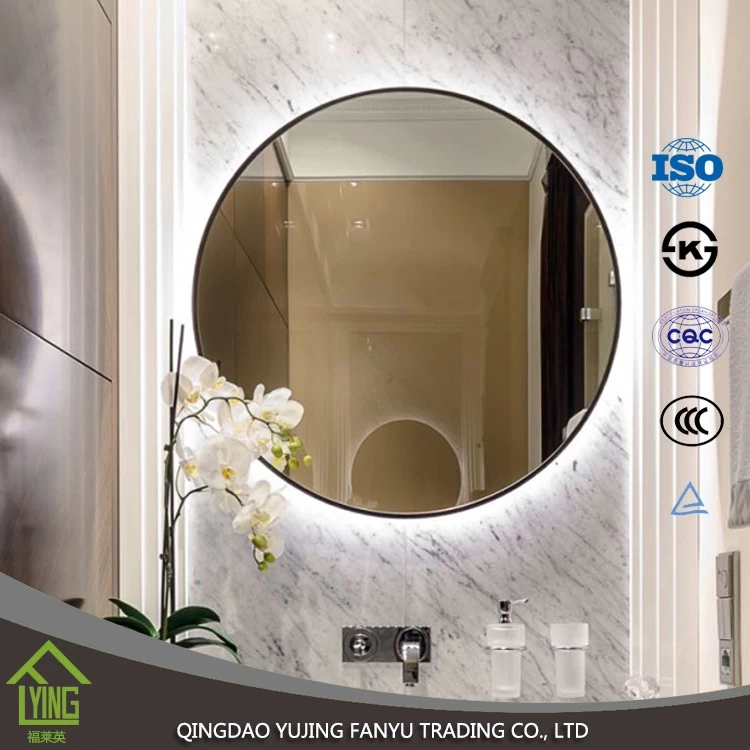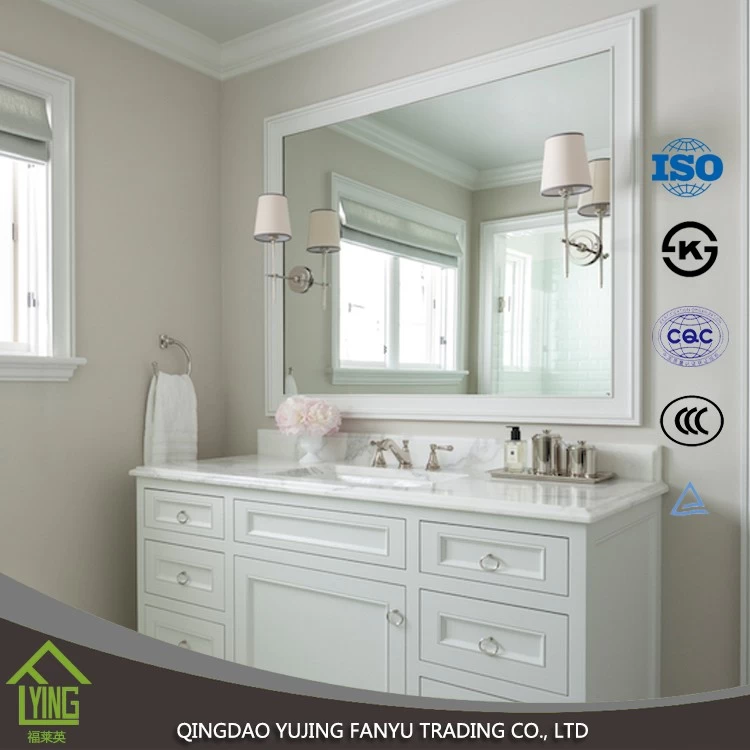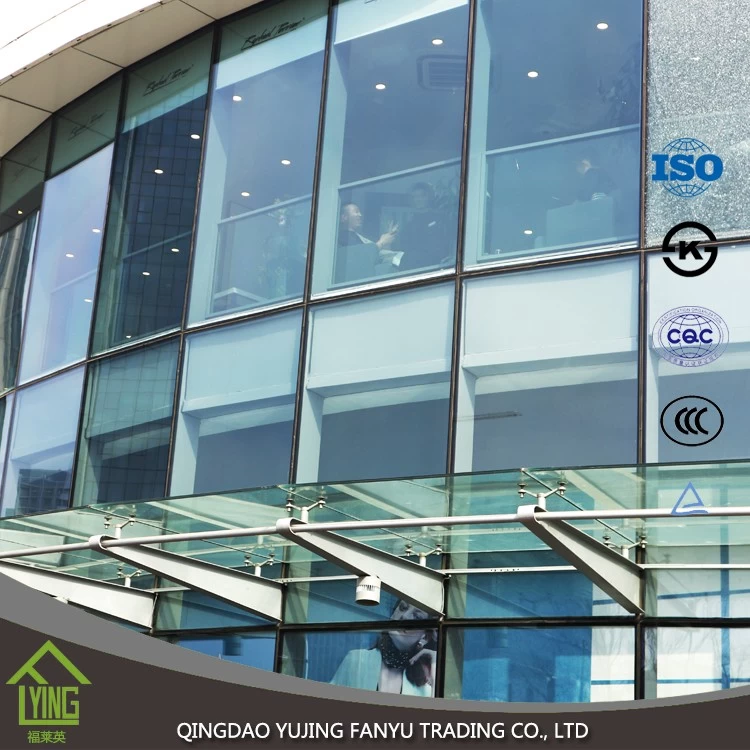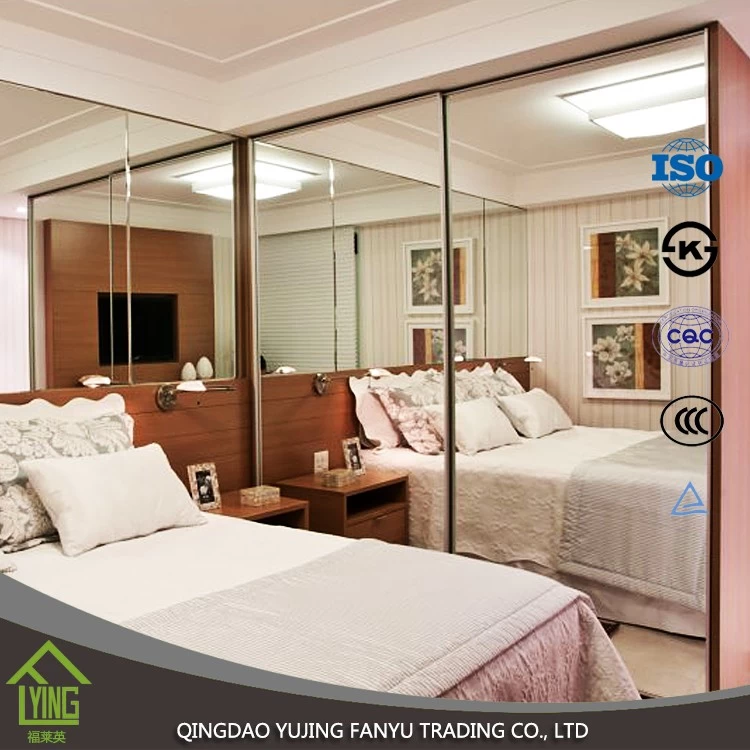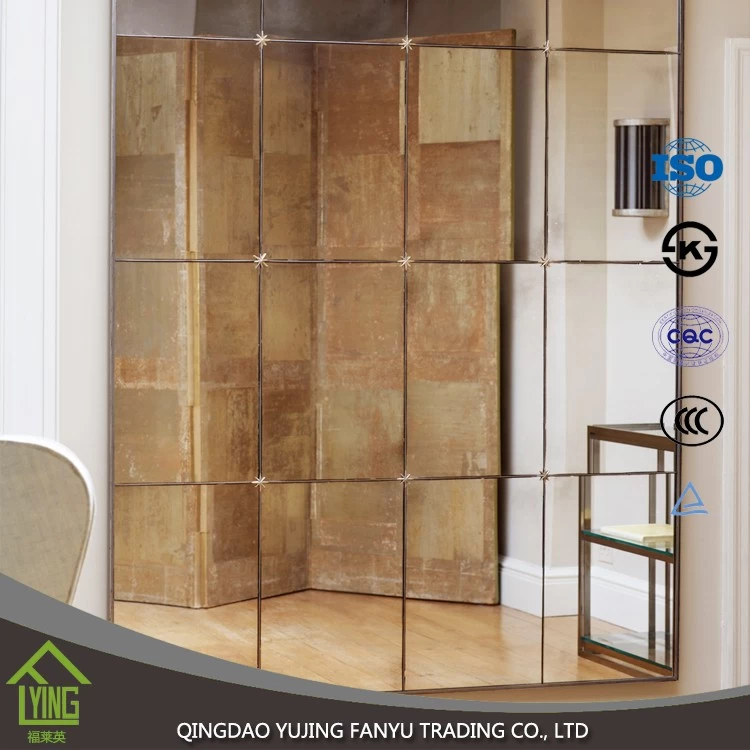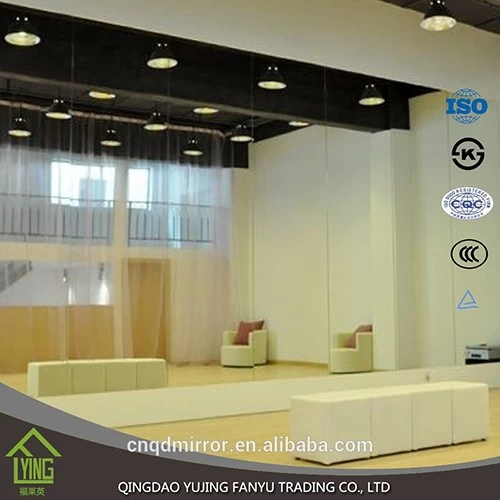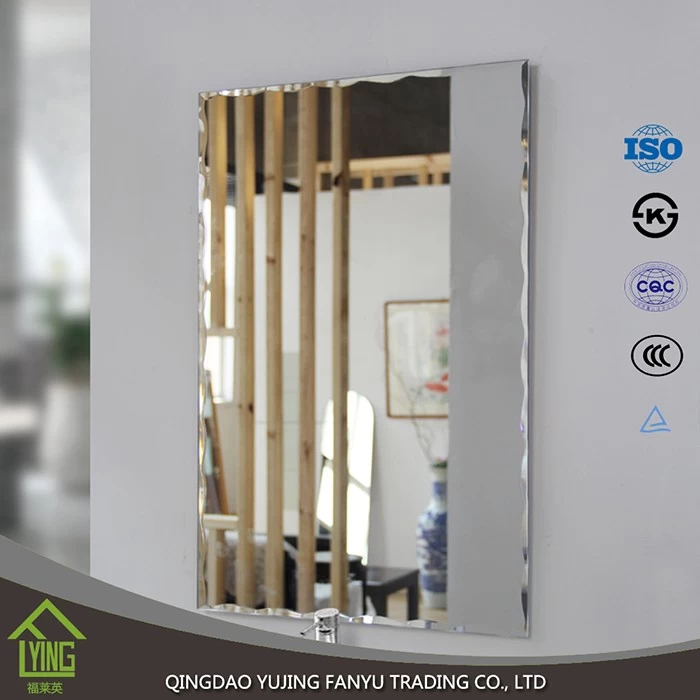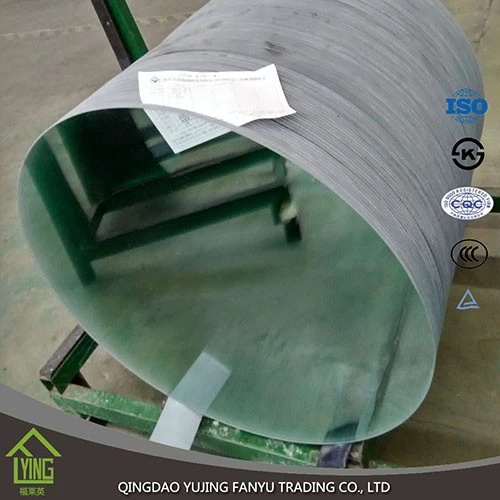|
Glass is recognized worldwide as a safe, excellent food packaging container and material. As of 2017, China's glass main business income was 164.72 billion yuan, and the price continued to rise in 2016. It is expected that this year will be a window period for the industrial upgrading of glass industry. The following is an analysis of the current development of the glass market
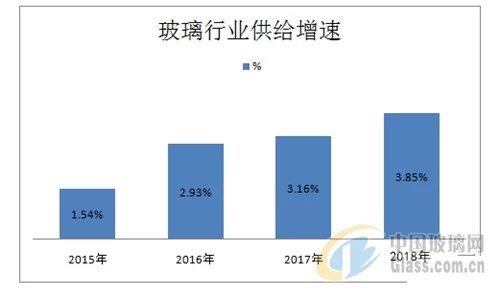
Some analysis parts of the glass industry are similar to the cement industry. The expansion of float glass production capacity has gradually stabilized. The industry supply growth rate has declined rapidly since 2014 and reached a historical low of 3.16% in 2016. It is expected that the growth rate will continue to decline. . According to the analysis of the glass market, the overall change in the growth rate of supply demand will tend to be stable, the probability of supply downward will be large, and the gap between supply and demand is expected to gradually converge.
Since 2017, the pace of glass supply side reform has accelerated, eliminating backward and peak production and accelerating supply contraction. Only 22 production lines in Shahe District have cut domestic production capacity by 5.24%. Analysis of the development status of the glass market, the implementation of comprehensive standards such as energy consumption, environmental protection, sewage permit and reduction and replacement to reduce the supply of new capacity, 2017 new capacity to shrink to a historical low of 16.2 million heavy boxes.
From the perspective of industry profitability, the supply contraction at the end of 2017 continued the industry boom cycle. Under the environmentally-friendly situation, the industry glass-soda price gap recovered to near the stage high level in 2013. Comparing the cumulative capacity of cold repair and resumption of production from 2012 to the present, the capacity of the industry that has not resumed production under the continuation of the industry boom may still be cold-set and put into production; considering the continuity in the glass production process, the production line of potential resumption of production will undoubtedly be put into production. Industry supply is an unfavorable factor.
From the perspective of foreign trade, China has now become the world's largest exporter of glass. In 2017, the United Nations Commodity Trade Organization’s export statistics for some countries showed that China’s total glass exports accounted for one-third of the world’s total exports in the same year, ranking first in the world. According to the statistics of the China Glass Association, the export volume of glassware and glass packaging containers in China has exceeded 5.9 billion US dollars in 2017, and the export volume exceeded 2.8 million tons.
In terms of industry demand, the sales area of commercial housing in 2017 was 1.18 billion square meters, up 21.9% year-on-year. The sales area of residential 期房 was 1.06 billion square meters, up 22.1% year-on-year. At the same time, due to the influence of regulatory policies, the pace of 2017 real estate completion slowed down, far lower. It is expected that the housing completion area in January-November will be 760 million square meters, -1% year-on-year, and the residential completion area will be 540 million square meters, 4-1% year-on-year. The stock completion demand is expected to be released in 2018. Benefiting from the completion of real estate, it is expected that glass demand will increase steadily in 18 years.
In addition to real estate, car manufacturing and export are alsoplate glassAn important area of application. In the first 12 months of the year, the vehicle production was 23.494 million units, an increase of 5.3% year-on-year. The sales volume of automobiles was 22.9271 million units, an increase of 4.13%, which was a decline from the growth rate of 16 years, but it still maintained a steady growth. It is expected that the auto sector will be in the short term. Still providing stable demand.
According to industry insiders, the price of glass in 2018 continued its upward trend in 2017. In particular, the increase and duration in the second half of the year were significantly stronger than the average level in previous years. Especially in the winter, due to environmental factors, the limited production in the Shahe area was significantly higher than expected, resulting in a rapid decline in production capacity. In the off-season, prices have risen sharply, and prices in some parts of the country have risen. The price of many places has reached a new high in recent years. At the same time, the inventory has been well digested, and the downward trend is obvious. So far, it has maintained the low level in recent years. Analysis of the status quo of the development of the glass market, the overall realization of the "low season is not light, the peak season exceeds expectations" situation.
At present, there are nine special glass regions and industrial clusters in China: Pujiang County, Zhejiang Province - China's Crystal Glass Capital, Shanxi Province, Pixian County, China's glassware capital, Boshan District, Zibo City, Shandong Province - China's glass town, Anhui Fengyang County, China - China Glass Industry Base, Boshan Bashuang Town, Zibo, China - China's glass industry town, Qingping Town, Hechuan District, Chongqing - China Glass Industry Base, Dezhou Jinghua - China Hollow Brick Production R&D Base, Jiangsu Shajiatun Town, Changshu City – China Glass Mould Industry Base has become the capital of China's glass molds, Hebei Hejian City – China's heat-resistant glass production base.
In summary, glass is the traditional livelihood industry, the development of our national economy is indispensable industry. China's glass needs strong support in East and South Africa, other regions are relatively weak. In the future, with the increase in demand for glass products in the construction industry, the increase and duration in the second half of the year are expected to be significantly stronger than the average in previous years.
|
